Radon Removal Systems for Safer Indoor Air
Radon gas mitigation involves reducing elevated radon levels in residential and commercial buildings to protect occupants from potential health risks. Radon is a naturally occurring radioactive gas that can accumulate indoors, especially in basements and lower levels. Implementing effective mitigation strategies is essential for maintaining safe indoor air quality.
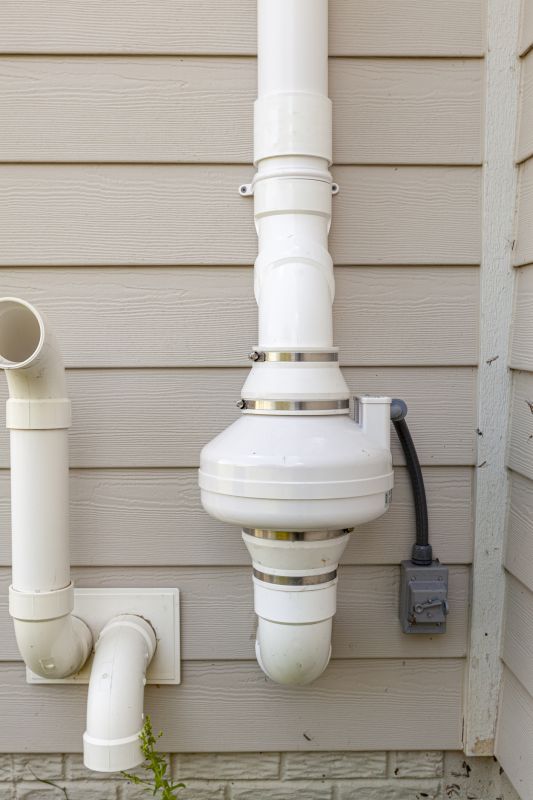
Professional installation of radon mitigation systems ensures proper venting of radon from beneath the building, reducing indoor concentrations effectively.
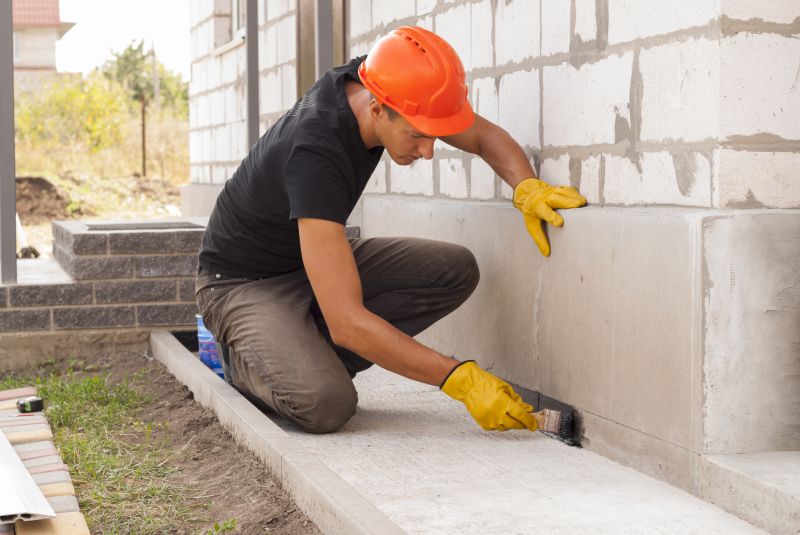
Sealing cracks and openings in foundations is a key step in preventing radon entry, often combined with ventilation solutions.
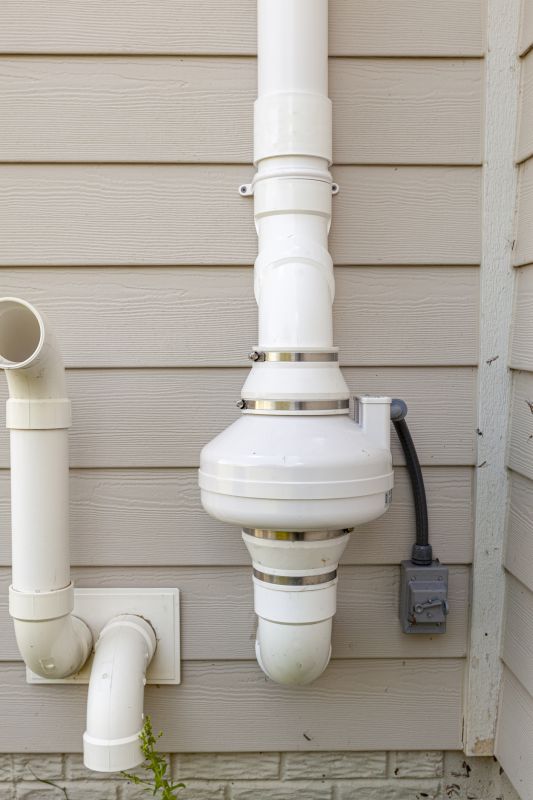
Proper routing of vent pipes directs radon gases safely outside, minimizing indoor exposure.
The process of radon mitigation typically begins with a thorough assessment of the building's radon levels. Once elevated levels are confirmed, a mitigation system is designed to suit the specific structure. Installation generally involves inserting vent pipes into the soil beneath the building and connecting them to a fan that continuously expels radon outdoors. This process can take several hours to complete, depending on the size and complexity of the property.
Hiring a professional for radon mitigation ensures that the system is installed correctly and functions efficiently. Proper installation not only maximizes radon reduction but also minimizes potential issues such as system leaks or ineffective venting. Professionals have the expertise to identify potential entry points and recommend the most effective mitigation strategies tailored to each property.
Most radon mitigation systems can be installed within a single day, allowing for quick and effective reduction of radon levels.
Professional mitigation ensures compliance with safety standards, optimal system performance, and long-term effectiveness in reducing radon exposure.
The cost of mitigation varies based on the size of the building and the complexity of the system, but professional installation provides reliable results.
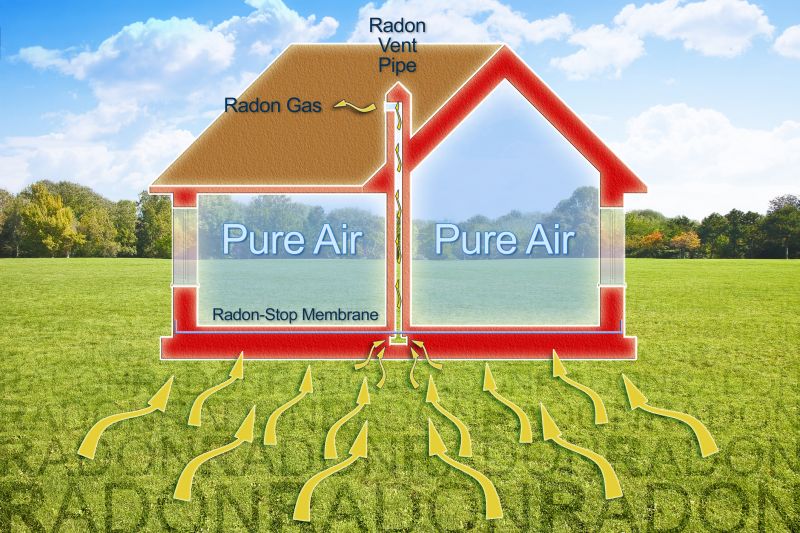
A fully installed radon mitigation system, with vent pipes routed outside and a functioning fan, effectively reduces indoor radon levels.
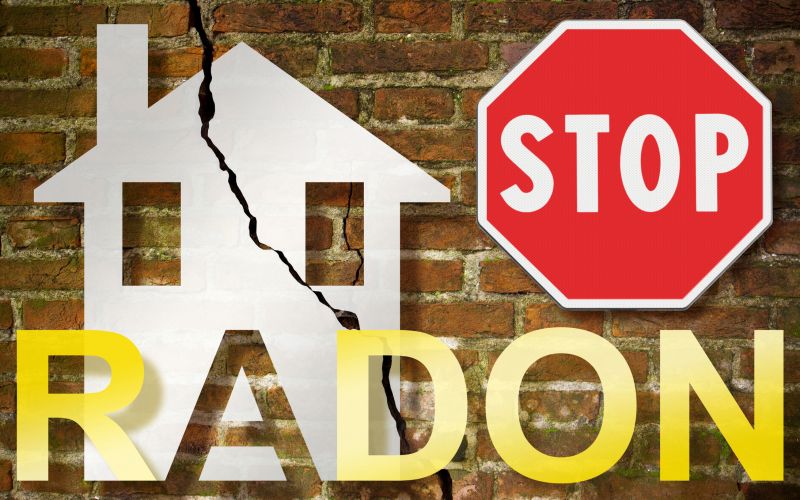
Sealing foundation cracks and openings as part of mitigation to prevent radon ingress.
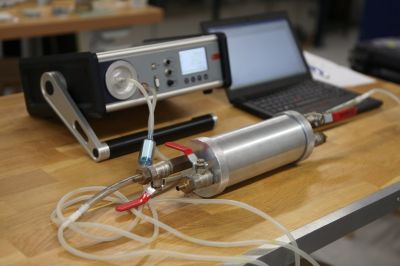
Post-installation testing ensures radon levels are within safe limits after mitigation.
Effective radon mitigation contributes to healthier indoor environments and peace of mind for occupants. Regular testing after system installation helps verify ongoing system performance and radon level reduction. For those interested in reducing radon exposure, consulting with a mitigation professional is a recommended step to ensure the installation meets safety standards and achieves desired results.
